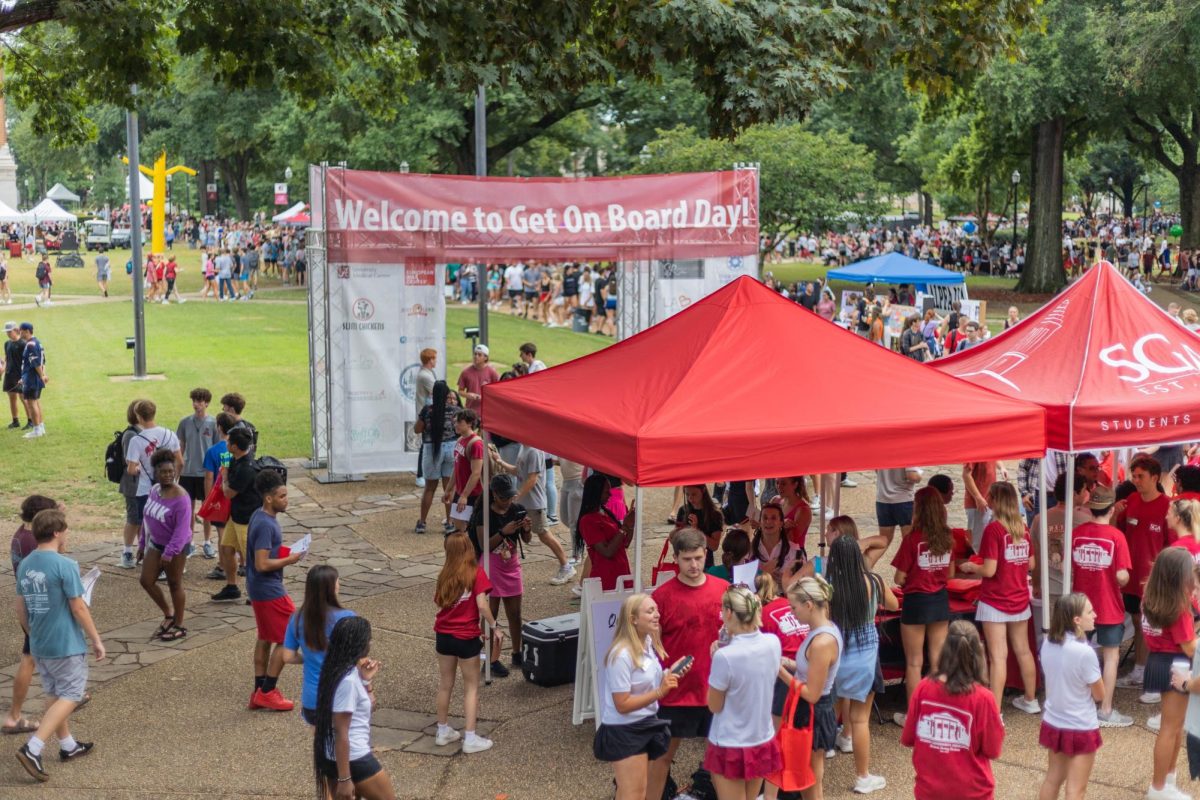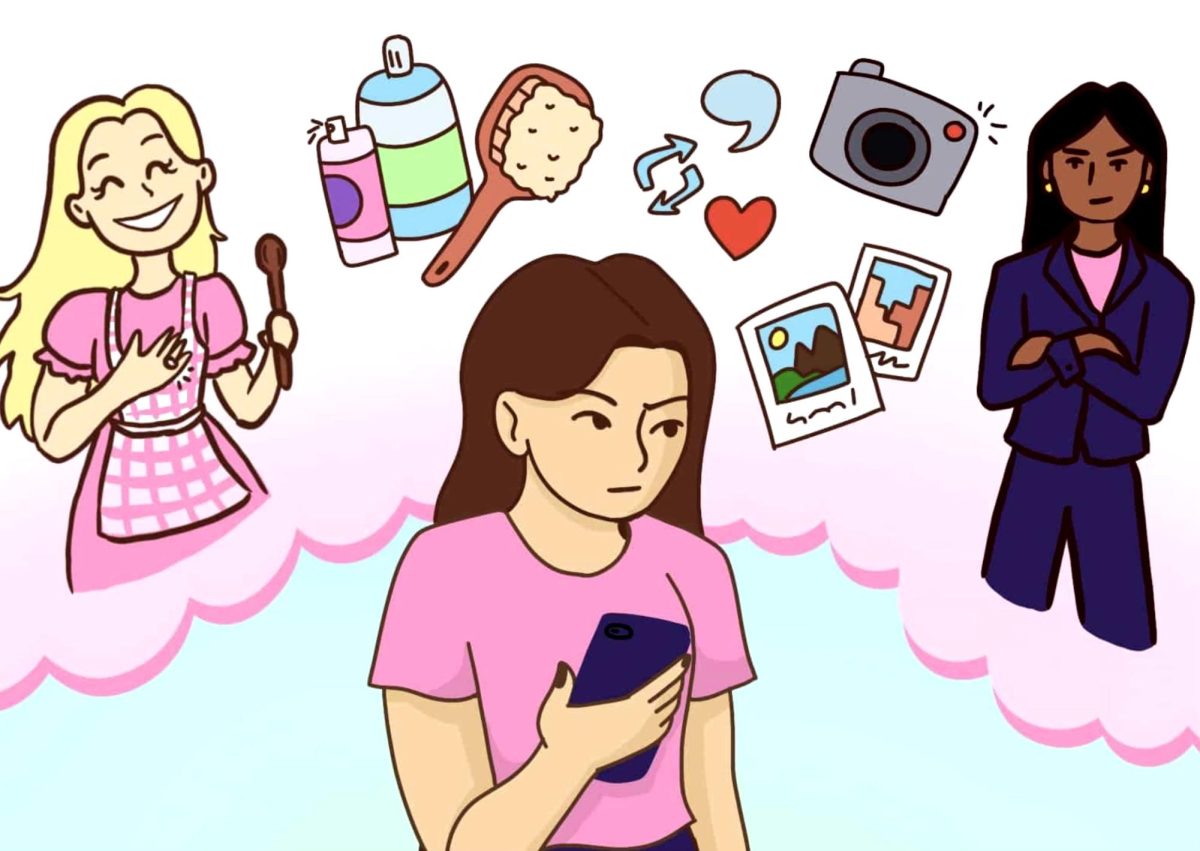On a campus of nearly 37,000, it sure can feel lonely. Most people have experienced the frustration of the Starbucks Line of Death on a busy Monday morning, and many have fallen prey to the 30-minute wait for food in the Ferg, but a very small percentage of people may know what it is like to feel invisible on campus. These folks are “the minorities” that we oftentimes hear get caught in the middle of privileged rhetoric about Greek life, housing, accessibility and other topics. To be clear, this invisibility far surpasses that of simple racial identity, but rather it also encompasses aspects of gender, sexual orientation and (dis)ability. Students on campus who find themselves among the numbered few must create a network and communicate the things that need to be done to ensure that they don’t get lost in the shuffle of campus growth.
It’s always been a harrowing experience to me to be in the skin I’m in on campus. It would seem that the few times that I’m not invisible would be when the truck of fraternity guys bellow “n—–!” as they pass by on a game day, or when I come home to the word “f–” scribbled on my dorm room door. However, I find comfort in knowing that while the percentages of people with particular identities may be low, the numbers sure aren’t.
For instance, The University of Alabama is roughly 12% African-American, which at first glance can be a bit discouraging (although, surprisingly, it is only a percentage point off from national statistics), but that means that there are approximately 4,400 black Americans that need to find each other, build bonds and change campus for the better. The same applies to the 3% of Hispanic-Americans and the 2% of Asian-Americans. You all won’t share the same experiences, or come from the same backgrounds, but that is the beauty of race and ethnicity: you can celebrate your common ancestry while also recognizing your differences.
For students on the LGBTQ+ spectrum, take joy in that there are anywhere from 1,245 to over 4,000 other students who identify similarly (roughly 3.5% to 11% using percentages from a 2011 Williams Institute study). As for transgender students, although statistics are far murkier in this respect, there could be as many as 75 other students like you on campus. That’s an incredible array of experiences that need to be shared and celebrated on a campus where these identities seem isolated to the handfuls of students who regularly participate in Spectrum. The challenge is in creating a campus environment that allows students to be their whole selves rather than having to partition their identities in order to fit into different spaces.
As for the rest of the student body, know that you too have a host of diverse experiences and perspectives that could change campus for the better, but be sure to make space for those unique stories that can be told by the person who may be sitting next to you. Growing pains are never easy, and we all are concerned about the possibility of becoming just another number among a continuously expanding student body, but the reality of our world is that this fear is more likely to become a reality for some people more than others.
A.J. James is a senior majoring in microbiology and Spanish. His column runs biweekly on Thursdays.








